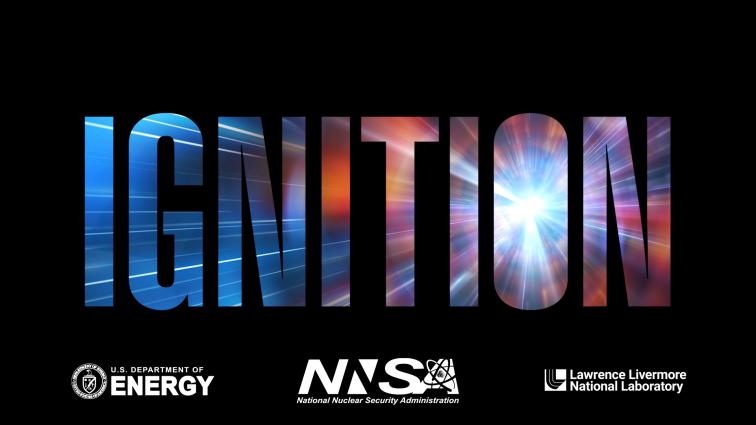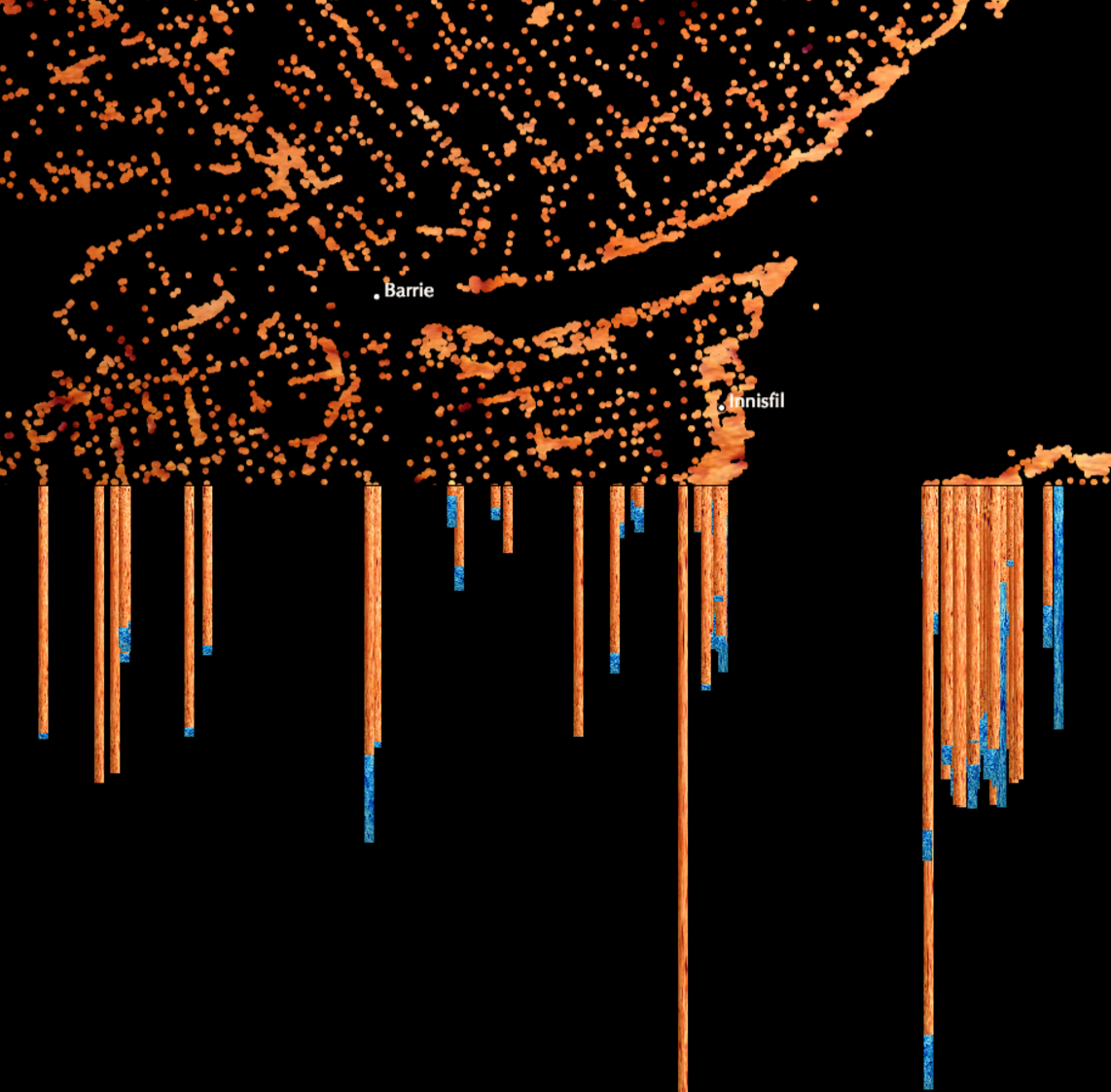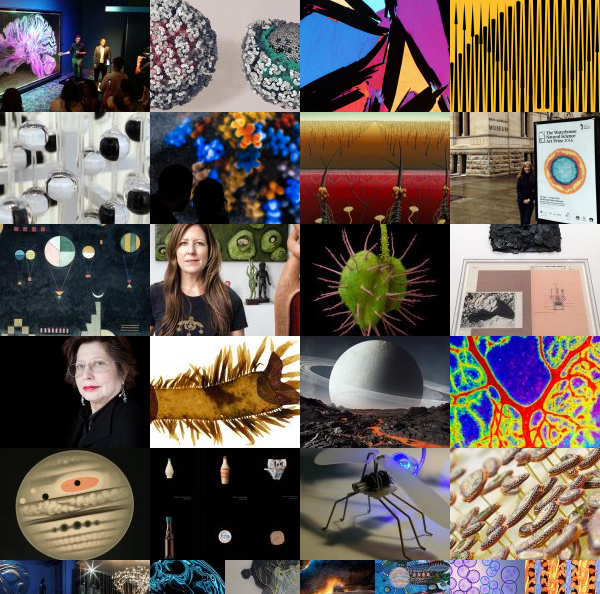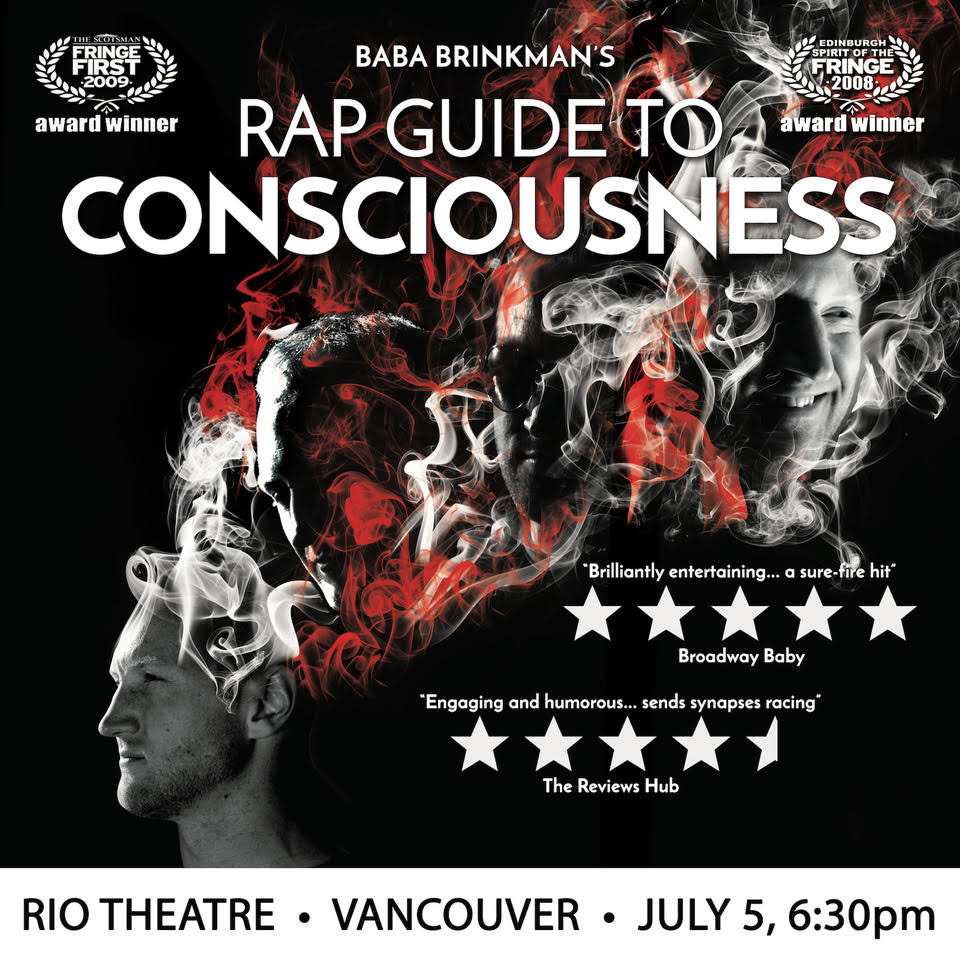I look forward to 2023 and hope it will be as stimulating as 2022 proved to be. Here’s an overview of the year that was on this blog:
Sounds of science
It seems 2022 was the year that science discovered the importance of sound and the possibilities of data sonification. Neither is new but this year seemed to signal a surge of interest or maybe I just happened to stumble onto more of the stories than usual.
- “Tree music ” January 18, 2022 posting
- “Classical music makes protein songs easier listening” March 31, 2022 posting
- “Sounds of Central African Landscapes; a Cornell (University) Elephant Listening Project” March 8, 2022 posting
- “Fishes ‘talk’ and ‘sing’” March 4, 2022 posting
- “The sound of the mushroom” May 27, 2022 posting
This is not an exhaustive list, you can check out my ‘Music’ category for more here. I have tried to include audio files with the postings but it all depends on how accessible the researchers have made them.
Aliens on earth: machinic biology and/or biological machinery?
When I first started following stories in 2008 (?) about technology or machinery being integrated with the human body, it was mostly about assistive technologies such as neuroprosthetics. You’ll find most of this year’s material in the ‘Human Enhancement’ category or you can search the tag ‘machine/flesh’.
However, the line between biology and machine became a bit more blurry for me this year. You can see what’s happening in the titles listed below (you may recognize the zenobot story; there was an earlier version of xenobots featured here in 2021):
- “Nanopore-tal enables cells to talk to computers?” February 17, 2022 posting
- “Xenobots (living robots) that can reproduce” June 8, 2022 posting
- “Incorporating human cells into computer chips” August 29, 2022 posting
- “Electrical conductivity in bacterial nanowires” November 18, 2022 posting
This was the story that shook me,
- “Robots with living human skin tissue?” December 27, 2022 posting
Are the aliens going to come from outer space or are we becoming the aliens?
Brains (biological and otherwise), AI, & our latest age of anxiety
As we integrate machines into our bodies, including our brains, there are new issues to consider:
- Going blind when your neural implant company flirts with bankruptcy (long read) April 5, 2022 posting
- US National Academies Sept. 22-23, 2022 workshop on techno, legal & ethical issues of brain-machine interfaces (BMIs) September 21, 2022 posting
I hope the US National Academies issues a report on their “Brain-Machine and Related Neural Interface Technologies: Scientific, Technical, Ethical, and Regulatory Issues – A Workshop” for 2023.
Meanwhile the race to create brainlike computers continues and I have a number of posts which can be found under the category of ‘neuromorphic engineering’ or you can use these search terms ‘brainlike computing’ and ‘memristors’.
On the artificial intelligence (AI) side of things, I finally broke down and added an ‘artificial intelligence (AI) category to this blog sometime between May and August 2021. Previously, I had used the ‘robots’ category as a catchall. There are other stories but these ones feature public engagement and policy (btw, it’s a Canadian Science Policy Centre event), respectively,
- “The “We are AI” series gives citizens a primer on AI” March 23, 2022 posting
- “Age of AI and Big Data – Impact on Justice, Human Rights and Privacy Zoom event on September 28, 2022 at 12 – 1:30 pm EDT” September 16, 2022 posting
These stories feature problems, which aren’t new but seem to be getting more attention,
- “Racist and sexist robots have flawed AI” June 23, 2022 posting
- “How AI-designed fiction reading lists and self-publishing help nurture far-right and neo-Nazi novelists” December 6, 2022 posting
While there have been issues over AI, the arts, and creativity previously, this year they sprang into high relief. The list starts with my two-part review of the Vancouver Art Gallery’s AI show; I share most of my concerns in part two. The third post covers intellectual property issues (mostly visual arts but literary arts get a nod too). The fourth post upends the discussion,
- “Mad, bad, and dangerous to know? Artificial Intelligence at the Vancouver (Canada) Art Gallery (1 of 2): The Objects” July 28, 2022 posting
- “Mad, bad, and dangerous to know? Artificial Intelligence at the Vancouver (Canada) Art Gallery (2 of 2): Meditations” July 28, 2022 posting
- “AI (artificial intelligence) and art ethics: a debate + a Botto (AI artist) October 2022 exhibition in the Uk” October 24, 2022 posting
- Should AI algorithms get patents for their inventions and is anyone talking about copyright for texts written by AI algorithms? August 30, 2022 posting
Interestingly, most of the concerns seem to be coming from the visual and literary arts communities; I haven’t come across major concerns from the music community. (The curious can check out Vancouver’s Metacreation Lab for Artificial Intelligence [located on a Simon Fraser University campus]. I haven’t seen any cautionary or warning essays there; it’s run by an AI and creativity enthusiast [professor Philippe Pasquier]. The dominant but not sole focus is art, i.e., music and AI.)
There is a ‘new kid on the block’ which has been attracting a lot of attention this month. If you’re curious about the latest and greatest AI anxiety,
- Peter Csathy’s December 21, 2022 Yahoo News article (originally published in The WRAP) makes this proclamation in the headline “Chat GPT Proves That AI Could Be a Major Threat to Hollywood Creatives – and Not Just Below the Line | PRO Insight”
- Mouhamad Rachini’s December 15, 2022 article for the Canadian Broadcasting Corporation’s (CBC) online news overs a more generalized overview of the ‘new kid’ along with an embedded CBC Radio file which runs approximately 19 mins. 30 secs. It’s titled “ChatGPT a ‘landmark event’ for AI, but what does it mean for the future of human labour and disinformation?” The chat bot’s developer, OpenAI, has been mentioned here many times including the previously listed July 28, 2022 posting (part two of the VAG review) and the October 24, 2022 posting.
Opposite world (quantum physics in Canada)
Quantum computing made more of an impact here (my blog) than usual. it started in 2021 with the announcement of a National Quantum Strategy in the Canadian federal government budget for that year and gained some momentum in 2022:
- “Quantum Mechanics & Gravity conference (August 15 – 19, 2022) launches Vancouver (Canada)-based Quantum Gravity Institute and more” July 26, 2022 posting Note: This turned into one of my ‘in depth’ pieces where I comment on the ‘Canadian quantum scene’ and highlight the appointment of an expert panel for the Council of Canada Academies’ report on Quantum Technologies.
- “Bank of Canada and Multiverse Computing model complex networks & cryptocurrencies with quantum computing” July 25, 2022 posting
- “Canada, quantum technology, and a public relations campaign?” December 29, 2022 posting
This one was a bit of a puzzle with regard to placement in this end-of-year review, it’s quantum but it’s also about brainlike computing
- “Quantum memristors” September 29, 2022 posting
It’s getting hot in here
Fusion energy made some news this year.
- “Overview of fusion energy scene” October 28, 2022 posting
- “US announces fusion energy breakthrough” December 13, 2022 posting
There’s a Vancouver area company, General Fusion, highlighted in both postings and the October posting includes an embedded video of Canadian-born rapper Baba Brinkman’s “You Must LENR” [L ow E nergy N uclear R eactions or sometimes L attice E nabled N anoscale R eactions or Cold Fusion or CANR (C hemically A ssisted N uclear R eactions)].
BTW, fusion energy can generate temperatures up to 150 million degrees Celsius.
Ukraine, science, war, and unintended consequences
Here’s what you might expect,
- “Science during a time of war in Ukraine” June 28, 2022 posting
These are the unintended consequences (from Rachel Kyte’s, Dean of the Fletcher School, Tufts University, December 26, 2022 essay on The Conversation [h/t December 27, 2022 news item on phys.org]), Note: Links have been removed,
…
Russian President Vladimir Putin’s war on Ukraine has reverberated through Europe and spread to other countries that have long been dependent on the region for natural gas. But while oil-producing countries and gas lobbyists are arguing for more drilling, global energy investments reflect a quickening transition to cleaner energy. [emphasis mine]
Call it the Putin effect – Russia’s war is speeding up the global shift away from fossil fuels.
In December [2022?], the International Energy Agency [IEA] published two important reports that point to the future of renewable energy.
First, the IEA revised its projection of renewable energy growth upward by 30%. It now expects the world to install as much solar and wind power in the next five years as it installed in the past 50 years.
The second report showed that energy use is becoming more efficient globally, with efficiency increasing by about 2% per year. As energy analyst Kingsmill Bond at the energy research group RMI noted, the two reports together suggest that fossil fuel demand may have peaked. While some low-income countries have been eager for deals to tap their fossil fuel resources, the IEA warns that new fossil fuel production risks becoming stranded, or uneconomic, in the next 20 years.
…
Kyte’s essay is not all ‘sweetness and light’ but it does provide a little optimism.
Kudos, nanotechnology, culture (pop & otherwise), fun, and a farewell in 2022
This one was a surprise for me,
- “Salmon science camps” February 14, 2022 posting
Sometimes I like to know where the money comes from and I was delighted to learn of the Ărramăt Project funded through the federal government’s New Frontiers in Research Fund (NFRF). Here’s more about the Ărramăt Project from the February 14, 2022 posting,
…
“The Ărramăt Project is about respecting the inherent dignity and interconnectedness of peoples and Mother Earth, life and livelihood, identity and expression, biodiversity and sustainability, and stewardship and well-being. Arramăt is a word from the Tamasheq language spoken by the Tuareg people of the Sahel and Sahara regions which reflects this holistic worldview.” (Mariam Wallet Aboubakrine)
Over 150 Indigenous organizations, universities, and other partners will work together to highlight the complex problems of biodiversity loss and its implications for health and well-being. The project Team will take a broad approach and be inclusive of many different worldviews and methods for research (i.e., intersectionality, interdisciplinary, transdisciplinary). Activities will occur in 70 different kinds of ecosystems that are also spiritually, culturally, and economically important to Indigenous Peoples.
The project is led by Indigenous scholars and activists …
Kudos to the federal government and all those involved in the Salmon science camps, the Ărramăt Project, and other NFRF projects.
There are many other nanotechnology posts here but this appeals to my need for something lighter at this point,
- “Say goodbye to crunchy (ice crystal-laden) in ice cream thanks to cellulose nanocrystals (CNC)” August 22, 2022 posting
The following posts tend to be culture-related, high and/or low but always with a science/nanotechnology edge,
- “Research communicated by puppets” June 3, 2022 posting
- “Drag artists making science more accessible” July 20, 2022 posting
- “When poetry feels like colour, posture or birdsong plus some particle fiction” July 13, 2022 posting
- “STEM (science, technology, engineering and math) brings life to the global hit television series “The Walking Dead” and a Canadian AI initiative for women and diversity” July 12, 2022 posting
- “The physics of the multiverse of madness” November 11, 2022 posting
- “A spray-on dress with nanoparticles as the base?” November 4, 2022 posting
Sadly, it looks like 2022 is the last year that Ada Lovelace Day is to be celebrated.
… this year’s Ada Lovelace Day is the final such event due to lack of financial backing. Suw Charman-Anderson told the BBC [British Broadcasting Corporation] the reason it was now coming to an end was:
You can read more about it here:
- “The last Ada Lovelace Day?” October 14, 2022 posting
In the rearview mirror
A few things that didn’t fit under the previous heads but stood out for me this year. Science podcasts, which were a big feature in 2021, also proliferated in 2022. I think they might have peaked and now (in 2023) we’ll see what survives.
Nanotechnology, the main subject on this blog, continues to be investigated and increasingly integrated into products. You can search the ‘nanotechnology’ category here for posts of interest something I just tried. It surprises even me (I should know better) how broadly nanotechnology is researched and applied.
If you want a nice tidy list, Hamish Johnston in a December 29, 2022 posting on the Physics World Materials blog has this “Materials and nanotechnology: our favourite research in 2022,” Note: Links have been removed,
“Inherited nanobionics” makes its debut
The integration of nanomaterials with living organisms is a hot topic, which is why this research on “inherited nanobionics” is on our list. Ardemis Boghossian at EPFL [École polytechnique fédérale de Lausanne] in Switzerland and colleagues have shown that certain bacteria will take up single-walled carbon nanotubes (SWCNTs). What is more, when the bacteria cells split, the SWCNTs are distributed amongst the daughter cells. The team also found that bacteria containing SWCNTs produce a significantly more electricity when illuminated with light than do bacteria without nanotubes. As a result, the technique could be used to grow living solar cells, which as well as generating clean energy, also have a negative carbon footprint when it comes to manufacturing.
…
Getting to back to Canada, I’m finding Saskatchewan featured more prominently here. They do a good job of promoting their science, especially the folks at the Canadian Light Source (CLS), Canada’s synchrotron, in Saskatoon. Canadian live science outreach events seeming to be coming back (slowly). Cautious organizers (who have a few dollars to spare) are also enthusiastic about hybrid events which combine online and live outreach.
After what seems like a long pause, I’m stumbling across more international news, e.g. “Nigeria and its nanotechnology research” published December 19, 2022 and “China and nanotechnology” published September 6, 2022. I think there’s also an Iran piece here somewhere.
With that …
Making resolutions in the dark
Hopefully this year I will catch up with the Council of Canadian Academies (CCA) output and finally review a few of their 2021 reports such as Leaps and Boundaries; a report on artificial intelligence applied to science inquiry and, perhaps, Powering Discovery; a report on research funding and Natural Sciences and Engineering Research Council of Canada.
Given what appears to a renewed campaign to have germline editing (gene editing which affects all of your descendants) approved in Canada, I might even reach back to a late 2020 CCA report, Research to Reality; somatic gene and engineered cell therapies. it’s not the same as germline editing but gene editing exists on a continuum.
For anyone who wants to see the CCA reports for themselves they can be found here (both in progress and completed).
I’m also going to be paying more attention to how public relations and special interests influence what science is covered and how it’s covered. In doing this 2022 roundup, I noticed that I featured an overview of fusion energy not long before the breakthrough. Indirect influence on this blog?
My post was precipitated by an article by Alex Pasternak in Fast Company. I’m wondering what precipitated Alex Pasternack’s interest in fusion energy since his self-description on the Huffington Post website states this “… focus on the intersections of science, technology, media, politics, and culture. My writing about those and other topics—transportation, design, media, architecture, environment, psychology, art, music … .”
He might simply have received a press release that stimulated his imagination and/or been approached by a communications specialist or publicists with an idea. There’s a reason for why there are so many public relations/media relations jobs and agencies.
Que sera, sera (Whatever will be, will be)
I can confidently predict that 2023 has some surprises in store. I can also confidently predict that the European Union’s big research projects (1B Euros each in funding for the Graphene Flagship and Human Brain Project over a ten year period) will sunset in 2023, ten years after they were first announced in 2013. Unless, the powers that be extend the funding past 2023.
I expect the Canadian quantum community to provide more fodder for me in the form of a 2023 report on Quantum Technologies from the Council of Canadian academies, if nothing else otherwise.
I’ve already featured these 2023 science events but just in case you missed them,
- 2023 Preview: Bill Nye the Science Guy’s live show and Marvel Avengers S.T.A.T.I.O.N. (Scientific Training And Tactical Intelligence Operative Network) coming to Vancouver (Canada) November 24, 2022 posting
- September 2023: Auckland, Aotearoa New Zealand set to welcome women in STEM (science, technology, engineering, and mathematics) November 15, 2022 posting
Getting back to this blog, it may not seem like a new year during the first few weeks of 2023 as I have quite the stockpile of draft posts. At this point I have drafts that are dated from June 2022 and expect to be burning through them so as not to fall further behind but will be interspersing them, occasionally, with more current posts.
Most importantly: a big thank you to everyone who drops by and reads (and sometimes even comments) on my posts!!! it’s very much appreciated and on that note: I wish you all the best for 2023.




